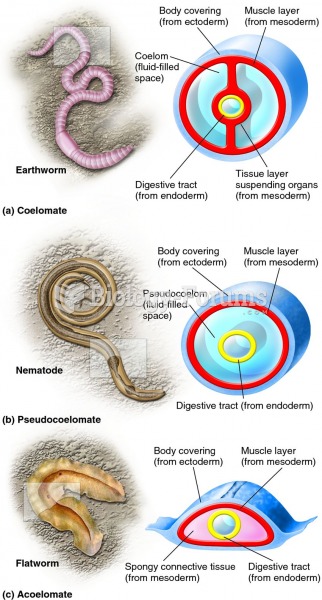Answer to Question 1
ANS: B, C, D
Translating an instrument from the original language to a target language is a complex process. One strategy for translating scales is to translate from the original language to the target language and then back-translate from the target language to the original language by using translators not involved in the original translation. Discrepancies are identified, and the procedure is repeated until troublesome problems are resolved. After this procedure, the two versions are administered to bilingual subjects and scored by standard procedures. The resulting sets of scores are examined to determine the extent to which the two versions yield similar information from the subjects. This procedure assumes that the subjects are equally skilled in both languages.
Answer to Question 2
ANS: A, C, E
Structured interviews are verbal interactions with subjects that allow the researcher to exercise increasing amounts of control over the content of the interview to obtain essential data for a study. The researcher designs the questions before data collection begins, and the order of the questions is specified. In some cases, the interviewer is allowed to further explain the meaning of the question or modify the way in which the question is asked so that the subject can better understand it. In more structured interviews, the interviewer is required to ask the question precisely as it has been designed. If the subject does not understand the question, the interviewer can only repeat it. The subject may be limited to a range of responses previously developed by the researcher, similar to those in a questionnaire. If the possible responses are lengthy or complex, they may be printed on a card so study participants can review them visually before selecting a response. Qualitative research almost invariably uses interviews that are unstructured or semi-structured. Unstructured interviews consist of one or two global open-ended questions developed to gain quality, in-depth data from a limited number of subjects. They are completely controlled by the subject.







